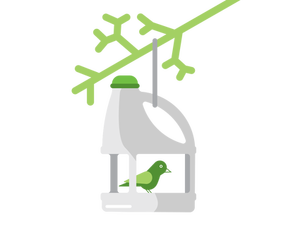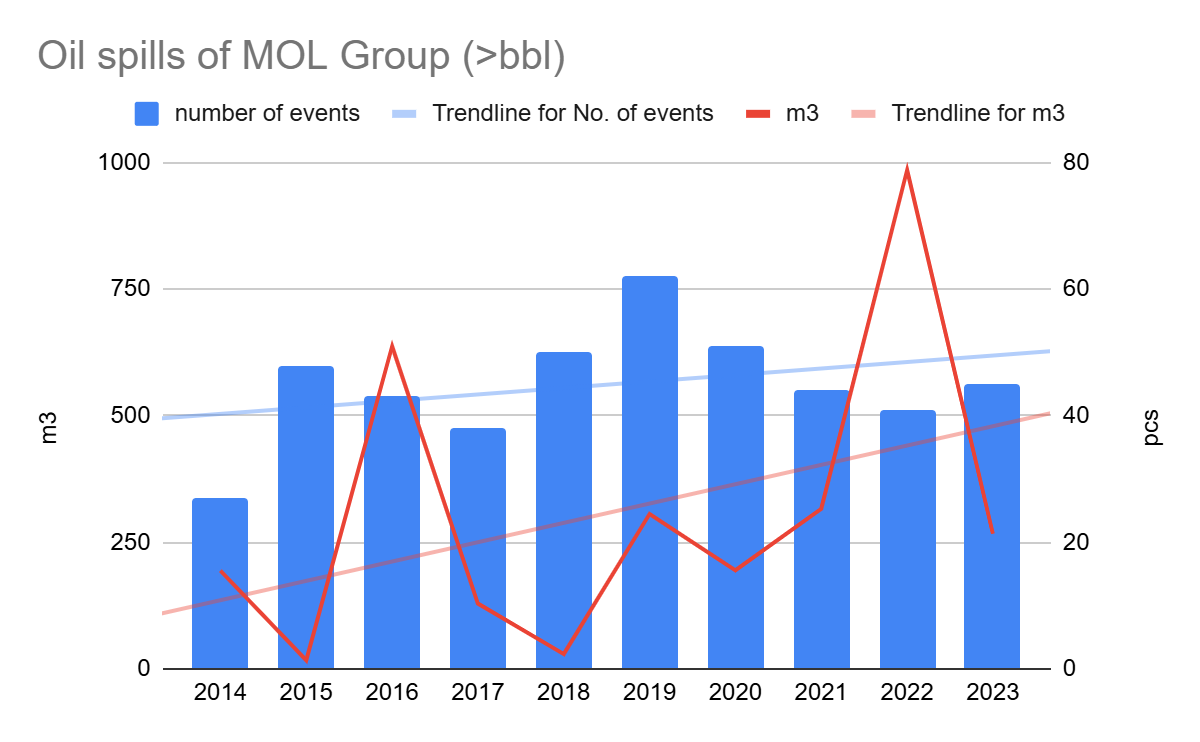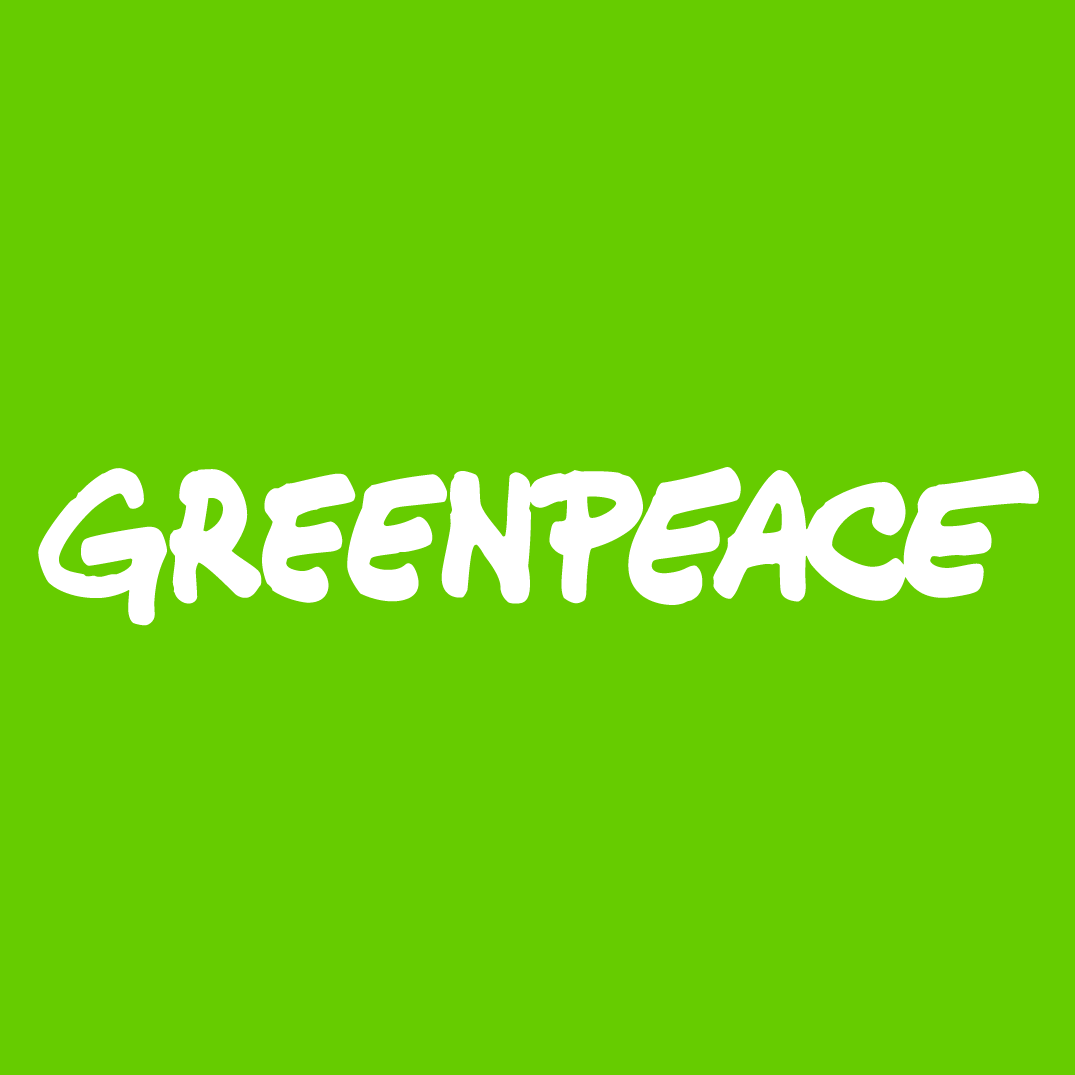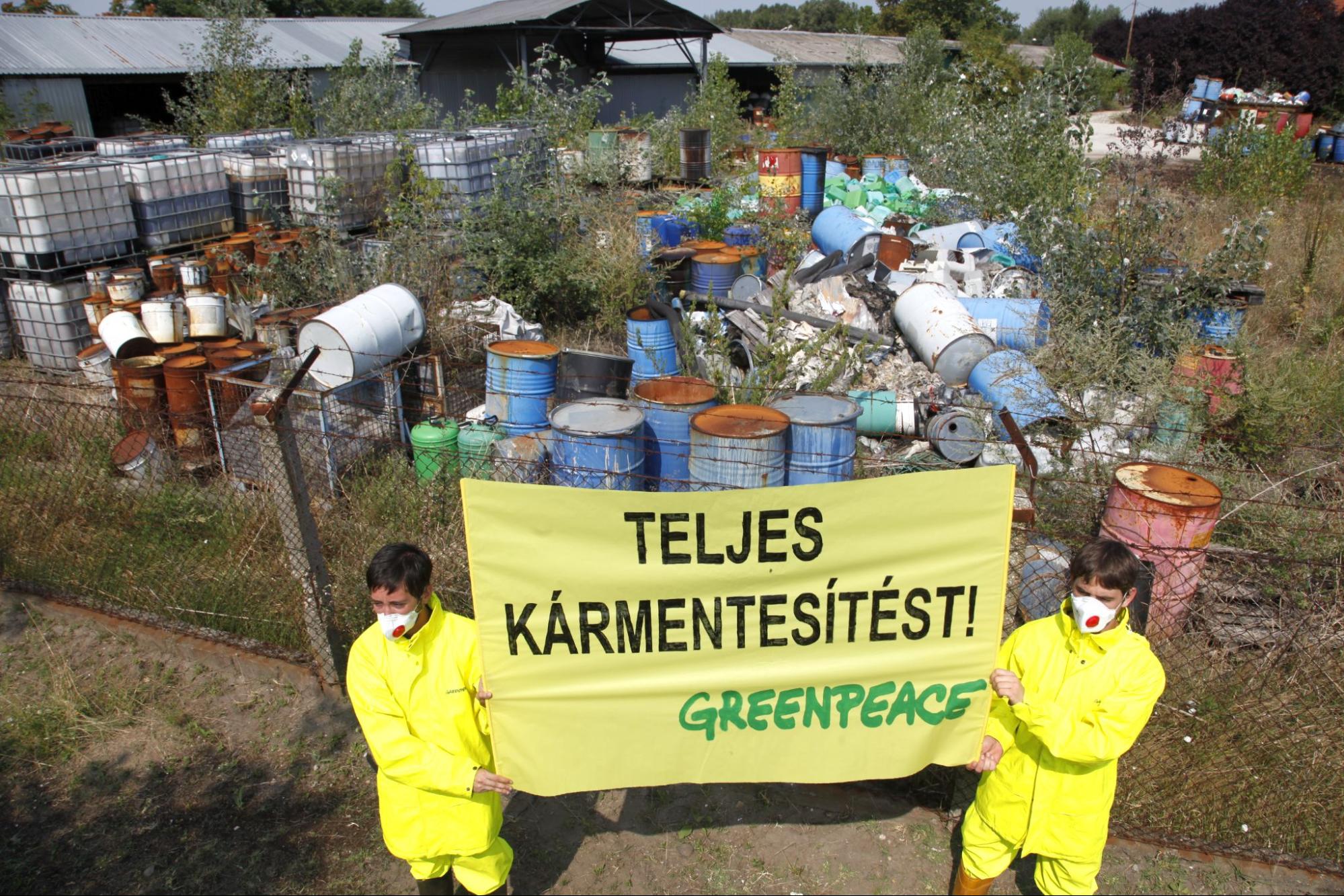This blogpost is part of a series that was created to inspire CEOs to become Chief Environmental Officers. Read our other posts on how to rethink distribution, recycling or the product itself.

There are more products packaged in edible materials, like wafer. An experimental idea packages instant noodles in a thin, film-like, translucent envelope. When you pour hot water on the pack, this shell made of starch will dissolve and turn into sauce for the pasta.
Another startup produces waterproof edible packaging material out of seaweed. It was already tested at the 2020 London Marathon, where runners got edible little water capsules as refreshments. The capsules contained sports drink and the casings themselves were digestible. With this idea they freed the streets of London from thousands of plastic cups.
The new function of your packaging should be exciting and useful. You’ll want people to actually make use of it, and not think of it as waste. For example, a tablet packaging that can be folded into a tablet stand creates an extra value for the customer. Or think of biodegradable fiber pots which replace plastic pots and can be planted together with the plants. This method is even better for certain types of seedlings that do not like their roots to be disturbed..
For many products, packaging is nothing more than a design element. But after the purchase it becomes completely unnecessary. Save your creativity for improving the product itself – and keep the packaging intentionally simple. By doing this, you communicate a clear message to your customers: protecting the environment is important to you and you do not intend to produce waste.



